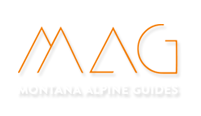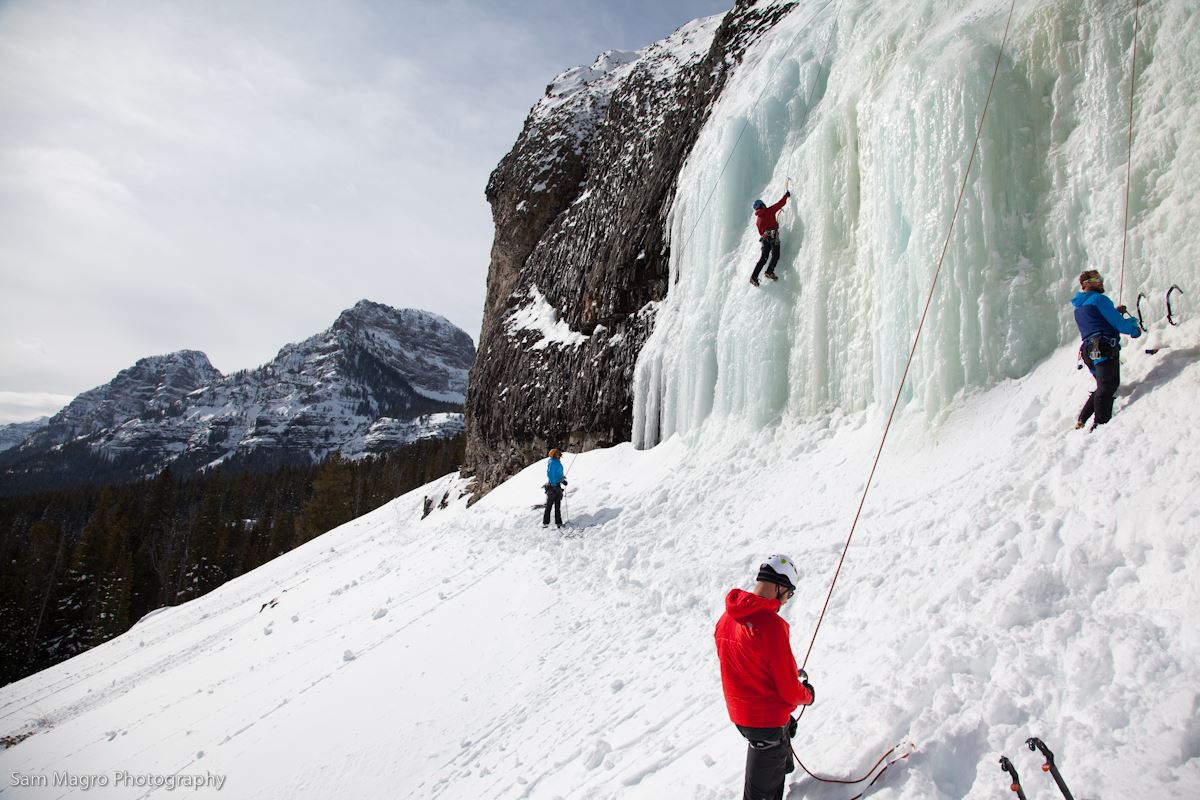Would you know what to do if your climbing partner was injured mid-climb? Climbing can easily lead us into dangerous situations where being self-sufficient can make the difference between life and death. How would you deal with a stuck rope, too short a rope, bad weather, a mandatory retreat, or an injury that could leave you and your partner incapacitated? This Self Rescue Course is designed to teach participants the skills and techniques necessary to improvise a safe way out of a crisis situation. We will utilize the standard equipment used on a typical day of climbing. These techniques can be effective on snow, rock, and ice. Topics include:
- Safety planning, risk assessment, management, and mitigation
- Raising/hauling systems for self rescue – 2:1, 3:1, 5:1, 6:1
- Pick-offs – patient pickoffs for self-rescue, multi-pitch Descents with a patient
- Rappelling (standard, extended, counterbalance, tandem, and pre-rigged)
- Lowering systems – with a munter, tube-style device, autoblocking device, and brake-assisted device
- Rope ascension techniques – friction-hitch systems, autoblocking devices, and assisted braking device
- Escaping the belay- from above or below; off an autoblocking device/anchor or your harness
- Anchor options and systems
- Passing knots, load transfers
- Knots bends, and hitches used in self-rescue
- Load releasable hitches: munter-mule
- Equipment use and improvisation options
PREREQUISITES:
Climbers enrolling in MAG’s Self Rescue course should have experience in multi-pitch climbing. Private courses are available for those lacking this experience.
Upon completion of our Self Rescue Course, participants will have acquired the knowledge to carry out a straightforward self-rescue in the midst of vertical climbing terrain.

